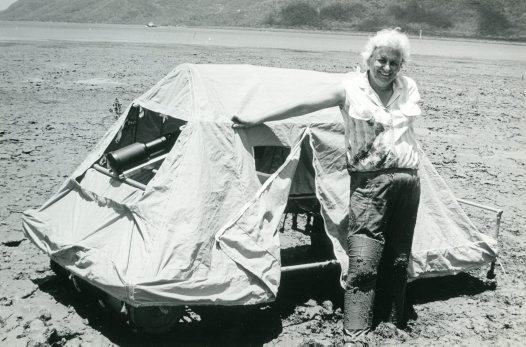Sorry JPEG, sometimes you're a pixellated mess
The 35 mm slide is a thing of wonder: a blend of still photography and motion-picture film, it’s a robust transparency processed with dyes and chemicals, framed by a cardboard or plastic mount.
Hold a slide up to the light and admire its superiority to at least one digital image format - enlarge a 35 mm slide by a factor of 100 and it still stays crisp. Try magnifying some JPEG files in the same way and you would get a pixellated, blurry mess.
From the 1960s to the 1990s 35 mm slides became a popular and cheap way to produce high-quality images. The Australian Women’s Weekly ran regular features on how readers could get the best quality 35 mm slides ‘…on your first big tour’ (in 1969 the reported holiday itinerary included Afghanistan, New Guinea and a bog in Scotland).

© Australian Museum
At the Australian Museum we’re in the process of auditing approximately 28,000 35 mm slides of Australian species and their habitats. These slides originated from the Museum’s photographic libraries, National Photographic Index of Australian Wildlife (NPIAW) and Nature Focus (NF) from 1968 to 2005.
In 2004 Kodak stopped making slide projectors and in 2008 they stopped making slide film altogether as the market shifted from analogue to digital technology. All this after Kodak had invented the digital camera in 1975.
So while we assess the appropriate preservation and access strategies to apply to this particular 35 mm slide library, close your eyes and imagine that other artefact from the recent past: the clunking sound of a slide carousel projecting 28,000 slides on a wall.
Reference
- National Archives of Australia, Preserving photographs
- Trove, Bringing home the color (sic) slides, Australian Women’s Weekly, Dec 24, 1969
- Tate, 35 mm slide medium












